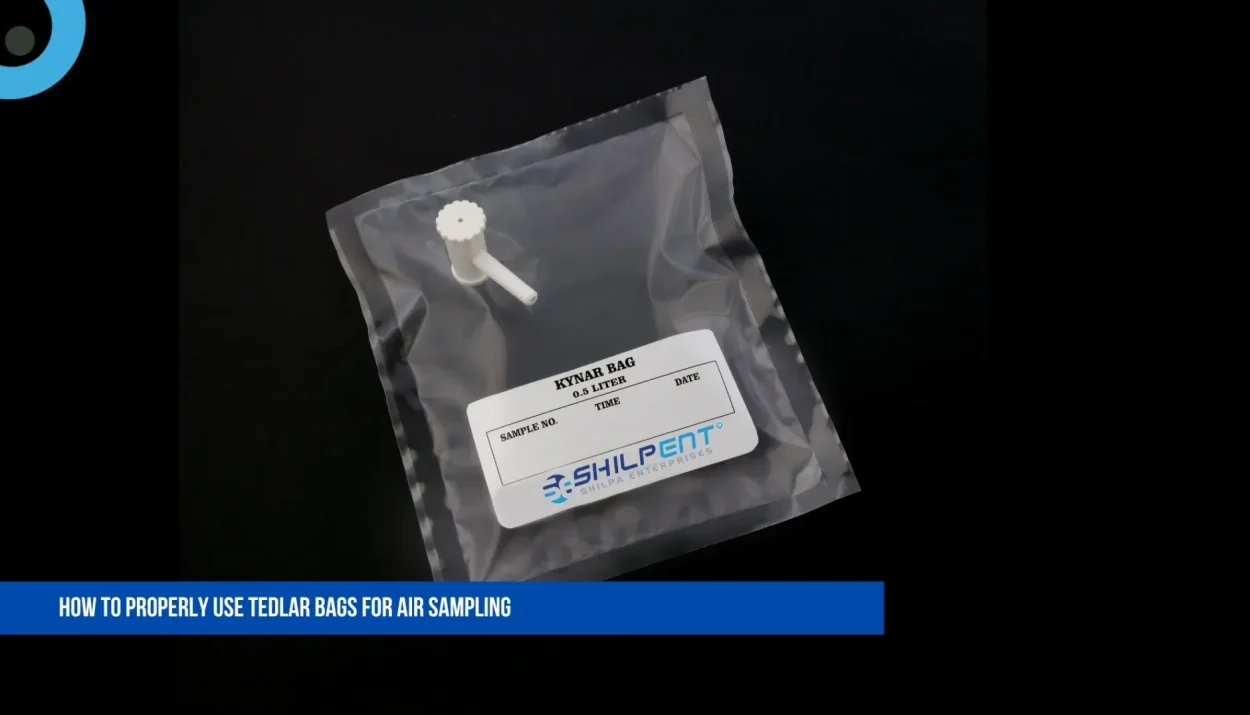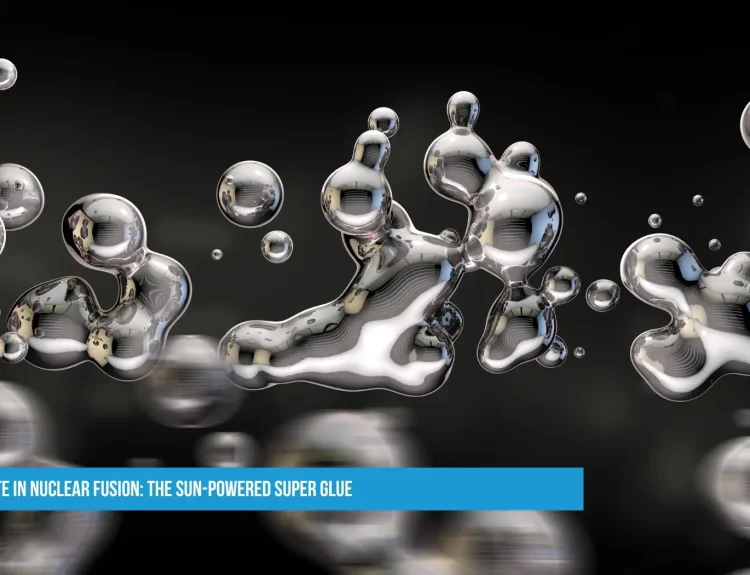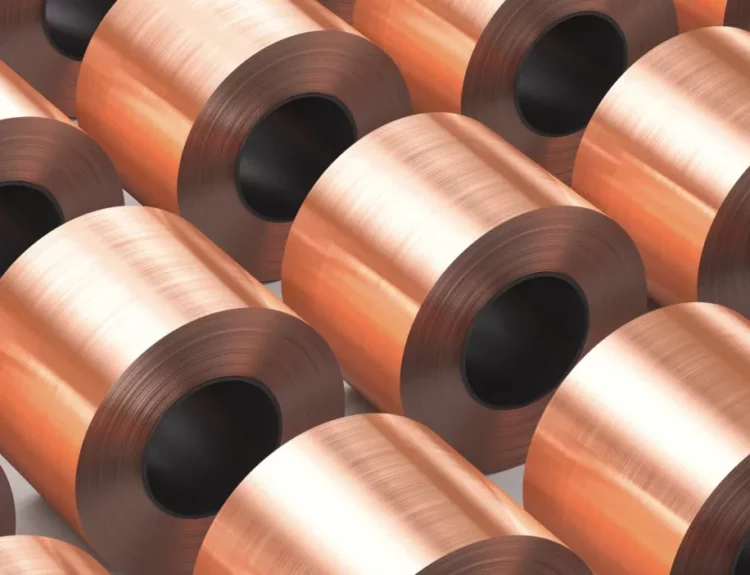Tedlar® bags are widely used in environmental monitoring, industrial hygiene, and air quality studies to collect and store gas samples. Made from polyvinyl fluoride (PVF), these bags are chemically inert, non-reactive, and ideal for volatile organic compounds (VOCs) and other gases.
Pre-Sampling Preparation Using Tedlar Bags
Select the Right Bag
- Choose a bag with an appropriate volume (typically 1L–10L) for your sample needs.
- Ensure it has a proper valve (e.g., septum, threaded, or quick-connect) that is compatible with your sampling equipment.
Inspect for Damage
- Check for punctures, leaks, or discoloration before use.
- Perform a leak test by filling the bag with clean air and observing pressure loss.
Clean if Reusing
- If reusing a Tedlar bag, purge it 3–5 times with ultra-pure nitrogen or clean air to remove residual contaminants.
Filling the Tedlar Bag
Passive Sampling (Grab Sampling)
- Open the valve and squeeze the bag to expel residual air.
- Use a hand pump, syringe, or vacuum chamber to draw the air sample into the bag.
- Fill slowly to avoid condensation or over-pressurization.
Active Sampling (Pump-Based)
- Connect the bag to an air sampling pump with a flow-controlled regulator.
- Set the pump’s desired flow rate (typically 0.1–1 L/min).
- Fill the bag 80–90% complete to prevent bursting.
Avoiding Contamination
- Do not touch the inner surfaces of the bag or valve.
- Clean tubing and fittings should be used to prevent cross-contamination.
Sealing and Storing the Sample
Proper Sealing
- Close the valve immediately after filling.
- If using a septum valve, seal it with a PTFE-lined cap.
Storage Conditions
- Store samples away from sunlight and heat (UV exposure can degrade VOCs).
- Keep it at room temperature and analyze it within 24–48 hours for the best results.
Transporting Samples to the Lab
- Place the bag in a protective container to prevent punctures.
- Avoid temperature extremes (e.g., don’t leave in a hot car).
- Label clearly with sample ID, date, time, and location.
Post-Sampling Handling
- Analyzing the Sample
- Use GC-MS, PID, or FTIR for VOC analysis.
- Extract air from the bag via a syringe or pump without introducing outside air.
- Cleaning for Reuse (If Applicable)
- Flush the bag 3–5 times with pure nitrogen or clean air.
- Store in a clean, dry place away from contaminants.
Common Mistakes to Avoid
- Overfilling – Can cause leaks or rupture.
- Using Dirty Bags – Residual chemicals skew results.
- Delayed Analysis – Some VOCs degrade over time.
- Improper Sealing – Leads to sample loss.
Conclusion
Tedlar bags are excellent for gas sampling when used correctly. You ensure accurate and reliable air quality data by following proper filling, sealing, storage, and transport protocols.







